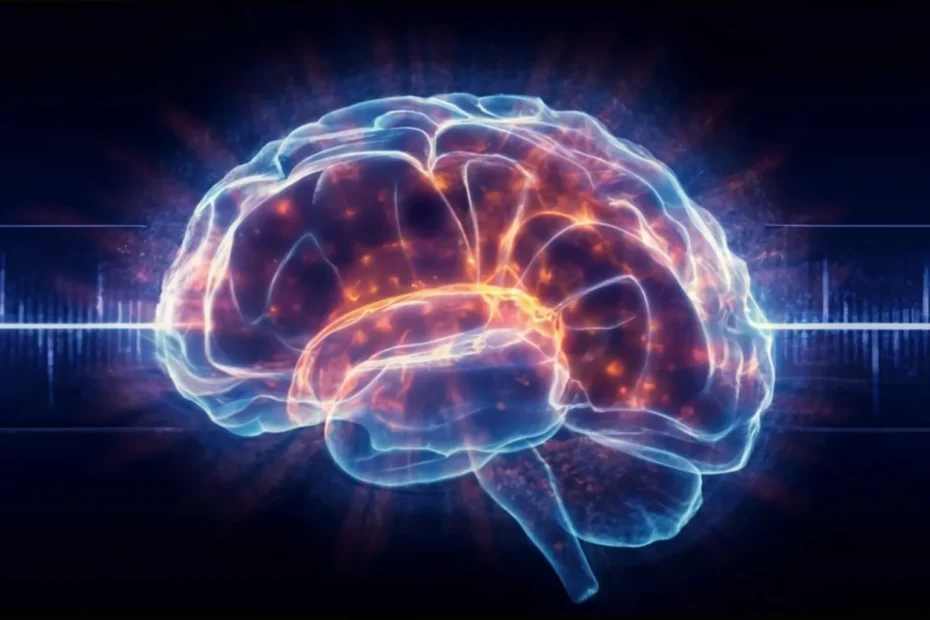Understanding the question, “Which part of your brain is involved in your motivation?” is crucial for unraveling the complexities of human behavior. A complex network of various brain regions orchestrates our drive to pursue goals, engage in activities, and seek rewards. This intricately ties motivation to the workings of the brain in human behavior.
Understanding the Brain’s Role in Motivation
Examining the brain regions involved in motivation can facilitate understanding of why we behave the way we do. The brain, intricately involved in all aspects of human behavior, plays a crucial role in motivation. This article explores various brain regions and their roles in the motivational process.
Which Part of Your Brain Is Involved in Your Motivation for Decision Making and Goal Setting? The prefrontal cortex
When motivated to achieve something, your prefrontal cortex plays a key role in decision-making, planning, and goal-setting. It does this by helping you determine appropriate actions and formulate strategies to accomplish your objectives.
The Nucleus Accumbens: Reward and Pleasure Center
Playing a vital role in motivation, the nucleus accumbens, which is a component of the brain’s reward circuit, becomes activated when anticipating or experiencing pleasure. This activation occurs, for example, when enjoying your favorite food or successfully achieving a goal. This region releases dopamine, a neurotransmitter that creates a sense of reward and satisfaction, reinforcing behaviors that are beneficial or enjoyable.

The Amygdala: Emotions and Motivation
The amygdala, known for its role in processing emotions, also influences motivation. It responds to emotional stimuli and can either boost or reduce motivation. For example, fear processed in the amygdala can either motivate you to avoid a dangerous situation or paralyze you, depending on the context and individual differences.
How Does Memory Affect Which Part of Your Brain Is Involved in Your Motivation?
The hippocampus, although predominantly recognized for its role in memory, has a substantial impact on motivation. It helps in recalling past experiences, both rewarding and aversive, and influences our future actions. This recollection plays a crucial role in deciding whether to pursue similar goals or activities, based on previous outcomes.
The Dopamine System: The Neurotransmitter of Motivation
While not a specific brain region, the dopamine system is crucial for motivation. Dopamine, the “feel-good neurotransmitter,” is released in various regions of the brain. These include the nucleus accumbens and prefrontal cortex. Serving as a crucial chemical messenger in the motivation process, it encourages individuals to pursue activities or goals that bring about rewards or fulfillment.
Unveiling the Complexities of Motivation, Personality Development, and Self-Improvement
In essence, motivation encompasses a complex and multifaceted process that intricately involves a network of distinct brain regions. Among these, the prefrontal cortex, nucleus accumbens, amygdala, hippocampus, and the dopamine system emerge as key players in orchestrating motivational responses. This intricate interplay among these brain regions sheds light on the diverse driving forces influencing our behavior, spanning the spectrum from mundane daily tasks to the pursuit of lofty, long-term ambitions.
Furthermore, this intricate neurological dance holds relevance not only for understanding motivation but also for unraveling its impact on broader aspects of human psychology, such as personality development. Over time, these brain regions intricately link their functioning to shape one’s personality, influencing traits, attitudes, and behavioral patterns.
Moreover, delving into the neural underpinnings of motivation offers valuable insights for individuals seeking self-improvement. Understanding how the prefrontal cortex, nucleus accumbens, amygdala, hippocampus, and the dopamine system collaborate can empower individuals to enhance their willpower and cultivate habits conducive to personal growth. This knowledge becomes a cornerstone for those on a journey of self-improvement, providing a scientific lens through which to comprehend and bolster one’s capacity for sustained motivation.
In conclusion, the exploration of motivation’s neural landscape extends beyond a mere understanding of behavioral triggers. It delves into the realms of personality development and self-improvement, offering a roadmap for those navigating the intricate pathways of willpower and personal growth.

